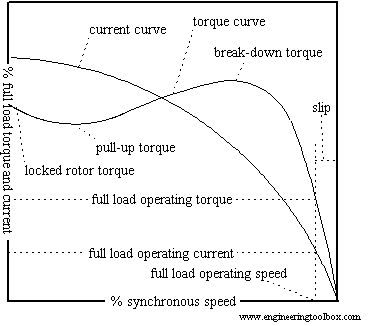Edmunds list the front final drive ratio as 9.34. Since this is a taller ratio than the rear, it would be better to send as much hp to the rear as possible because you get more torque per hp.
Actually this is not true. It also means that at the same vehicle speed, the front motor will be turning less RPMS than the rear motor.. If both motors are getting 200KW for instance, the front motor will produce more torque than the rear because the front motor's RPMS are less than the rear motors at the same vehicle speed. By the time that makes it to the front and rear wheels, both front and rear wheels are producing the same torque.
This also assumes equal drivetrain losses from motor through diff to wheel axles, but 9.34 will have lower drive train losses than 9.73 so in reality, equal power applied from both front and rear axles will result in just a little more torque at the front wheels as the front diff is more efficient.
Last edited:





